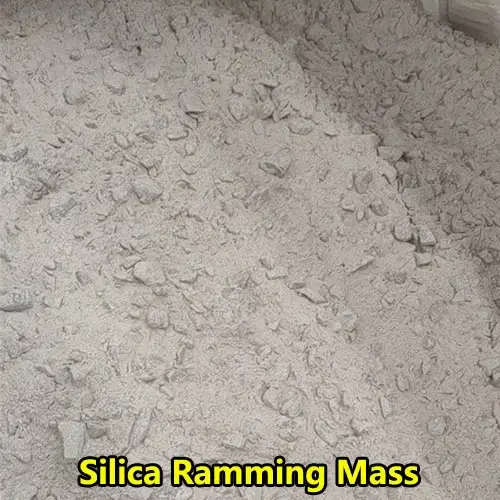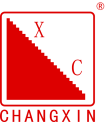Refractory castables are the non-calcined, irregular refractory materials, accounting for 1/3 of the total output of refractory materials in foreign countries. Because the castables can solve some complex parts of the kiln lining problems.
Composition of refractory castables
Refractory castables consist of a mixture of granular and powdered materials and are available in a wide range of materials. Binding agents can also be added to adjust the castables to different matrices and grades. The amorphous materials include plasticizable materials, coating materials and refractory clay, all of which belong to different forms of materials. There are also heavy and lightweight materials.
Refractory castables after construction
Refractory castables are used by vibration construction and are divided into acidic, neutral, alkaline and charcoal. There are also clay-like ones, which are mostly used after baking and construction by vibration pounding. Refractory castables have water-hardening calcium aluminate cement binding agent; there are also acidic materials with phosphoric acid or water glass binding castables, insulation parts with lightweight refractory castables, play a role in heat preservation and insulation. Plastic and coating materials are in the form of mud and paste, and have good plasticity in a long time; they can be lightly pounded and compacted during construction, and used after heating to obtain strength; they can also be used without baking in case of emergency repair, and can be used directly with the increase in strength of the furnace temperature. Sprayed materials include spray coating and spray patching material, with wet and semi-dry construction methods, used for lining and flue coating. Refractory clay is also a kind of powder material with a large use ratio among the unshaped materials. Used as jointing material for refractory bricks, refractory mud is divided into clay, high alumina refractory mud, silica refractory mud, magnesium refractory mud and carbon refractory mud.
Difference in erosion resistance
The advantages of amorphous refractory materials are short production period and easy construction in special parts. Especially plastic and refractory mud, plastic coating material can be used for emergency repair, refractory mud is a must for refractory brick joints. Refractory castables are used in the lining with high air tightness.
What is a refractory cast used for?
Refractory materials are used in furnaces, kilns, incinerators, and reactors. Refractories are also used to make crucibles and molds for casting glass and metals.
What is a refractory castable?
Refractory castables are versatile and commonly used refractory materials that are in a semi-liquid state during installation. They are made by blending refractory aggregates, binders, and additives, which, when mixed with water, form a workable mixture.
What is the application process of a castable refractory?
Castable refractories are generally supplied in moisture-proof bags and they are mixed with water on site and poured into forms in a similar manner to Portland cement concrete construction.
Why is castable refractory used?
Refractory castables can be used to create the monolithic linings within all types of furnaces and kilns. They can be further classified into the following sub-categories: conventional, low iron, low cement, and insulating for installation either by gunning or manually.

